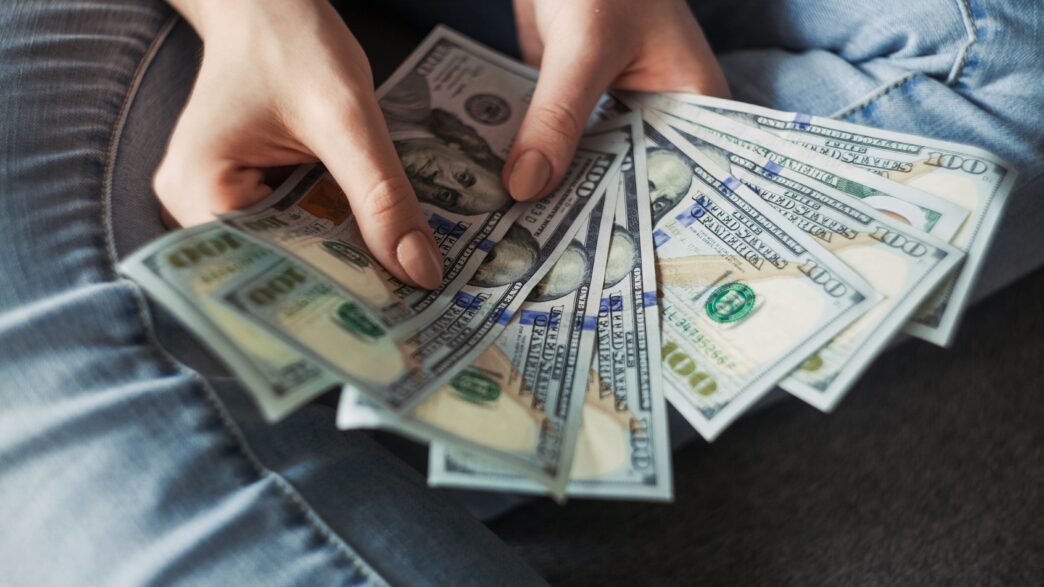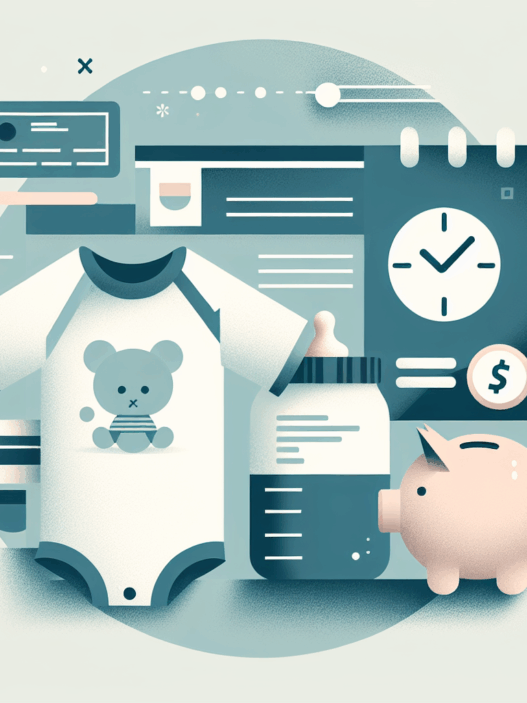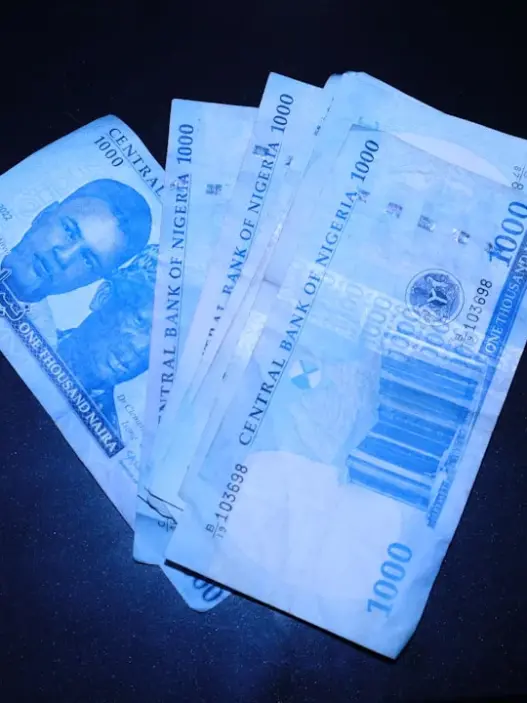Building an emergency fund is one of the most crucial steps toward financial security, yet it can feel nearly impossible when you’re already stretching every dollar to make ends meet. If you’re living paycheck to paycheck, the idea of setting aside money for emergencies might seem like a luxury you simply can’t afford. However, even small, consistent efforts can help you build a financial safety net that protects you from unexpected expenses and provides peace of mind.
The reality is that most Americans face financial challenges, from inflation and rising costs to stagnant wages. But with the right strategies and mindset, you can start building an emergency fund regardless of your current financial situation. Let’s explore practical ways to create this essential financial buffer without dramatically altering your lifestyle.
Understanding the Importance of an Emergency Fund
Before diving into the how-to, it’s essential to understand what an emergency fund is and why it matters. An emergency fund is a dedicated savings account that covers unexpected expenses like medical bills, car repairs, job loss, or urgent home repairs. Financial experts typically recommend having three to six months’ worth of living expenses saved, but when you’re living paycheck to paycheck, even $500 can make a significant difference.
Having an emergency fund prevents you from relying on credit cards or loans when unexpected expenses arise, which can lead to a dangerous cycle of debt. It also provides emotional security, knowing that you have a financial cushion to fall back on during tough times.
Start Small But Start Today
The biggest mistake people make when building an emergency fund is thinking they need to save large amounts immediately. This approach often leads to frustration and giving up entirely. Instead, focus on starting small and being consistent.
Begin with Micro-Savings
Start by saving just $1 a day. This might seem insignificant, but it adds up to $365 over a year. Look for small ways to find this dollar: skip one drink from the vending machine, collect loose change in a jar, or use a money-saving app that rounds up your purchases to the nearest dollar and saves the difference.
Use the 52-Week Challenge
Try the 52-week savings challenge where you save $1 in week one, $2 in week two, $3 in week three, and so on. By the end of the year, you’ll have saved $1,378. If the amounts become too large toward the end, modify the challenge to fit your budget – the key is consistency, not perfection.
Find Money in Your Existing Budget
Even when living paycheck to paycheck, there are often small leaks in your budget that can be redirected toward emergency savings. The key is to be organized with your financial records and track where every dollar goes.
Conduct a Spending Audit
Review your bank statements and credit card bills from the past three months. Look for subscriptions you’ve forgotten about, recurring charges for services you no longer use, or small purchases that add up over time. Even finding $10-20 per month can jumpstart your emergency fund.
Cut One Small Expense
Instead of making dramatic lifestyle changes, identify one small expense you can eliminate. This might be a streaming service you rarely use, dining out once less per month, or switching to generic brands for certain grocery items. The money saved should go directly into your emergency fund.
Maximize Your Income Opportunities
When your regular income barely covers expenses, consider ways to earn extra cash to boost your income. Even small amounts of additional income can be dedicated entirely to your emergency fund.
Sell Items You No Longer Need
Look around your home for items you can sell – old electronics, clothes you don’t wear, books, or household items. Online platforms make it easier than ever to turn unused items into cash for your emergency fund.
Take Advantage of Cashback and Rewards
Use cashback apps, credit card rewards (if you can pay them off immediately), and loyalty programs. While these amounts might be small, they can add up over time and contribute to your emergency fund without requiring additional spending.
Automate Your Savings
One of the most effective ways to build an emergency fund is to make saving automatic. This removes the temptation to spend the money and ensures consistent progress toward your goal.
Set Up Automatic Transfers
Even if it’s just $10 or $25, set up an automatic transfer from your checking account to a separate savings account right after payday. This “pay yourself first” approach ensures that saving happens before you have a chance to spend the money elsewhere.
Use Direct Deposit Splitting
If your employer offers direct deposit, see if you can split your paycheck so that a small portion goes directly into your emergency fund. This way, you never even see the money in your checking account, making it less likely you’ll miss it.
Handle Windfalls Wisely
When unexpected money comes your way – whether it’s a tax refund, bonus, gift, or found money – resist the urge to spend it all. Instead, put away at least half of any windfall into your emergency fund.
Tax Refunds and Bonuses
Tax refunds are perfect opportunities to boost your emergency fund significantly. Even if you use half for immediate needs or small splurges, putting the other half into savings can give your emergency fund a substantial boost.
Choose the Right Account for Your Emergency Fund
Your emergency fund should be easily accessible but separate from your everyday checking account to reduce the temptation to spend it. Consider a high-yield savings account that earns some interest while keeping your money liquid and accessible.
Avoid investing your emergency fund in stocks or other volatile investments. The goal is preservation and accessibility, not growth. You want this money available when you need it, regardless of market conditions.
Stay Motivated and Track Progress
Building an emergency fund when money is tight requires persistence and motivation. Create a visual reminder of your progress – whether it’s a chart on your refrigerator or a smartphone app that tracks your savings growth.
Celebrate small milestones along the way. When you reach your first $100, $250, or $500, acknowledge the achievement. These celebrations don’t have to cost money – they can be as simple as sharing your success with a supportive friend or family member.
What to Do When You Need to Use Your Emergency Fund
If you need to dip into your emergency fund, don’t feel guilty – that’s exactly what it’s for. However, make replenishing it a priority as soon as possible. Resume your regular contributions and consider temporarily increasing them if you can manage it.
Building Long-Term Financial Security
While building an emergency fund is crucial, it’s just one part of a comprehensive financial plan. Once you’ve established a basic emergency fund, you can start focusing on other financial goals like cutting credit card debt or planning for retirement.
Remember that stopping the paycheck-to-paycheck cycle takes time and patience. Each dollar you save brings you one step closer to financial stability and peace of mind.
Conclusion
Building an emergency fund while living paycheck to paycheck isn’t easy, but it’s absolutely possible with the right strategies and mindset. Start small, be consistent, and remember that every dollar saved is progress toward greater financial security. Even if you can only save $5 or $10 per month initially, you’re building a habit that will serve you well as your financial situation improves.
The key is to start today, no matter how small the amount. Your future self will thank you for taking this important step toward financial stability, and you’ll sleep better knowing you have a financial cushion to handle whatever life throws your way.




















